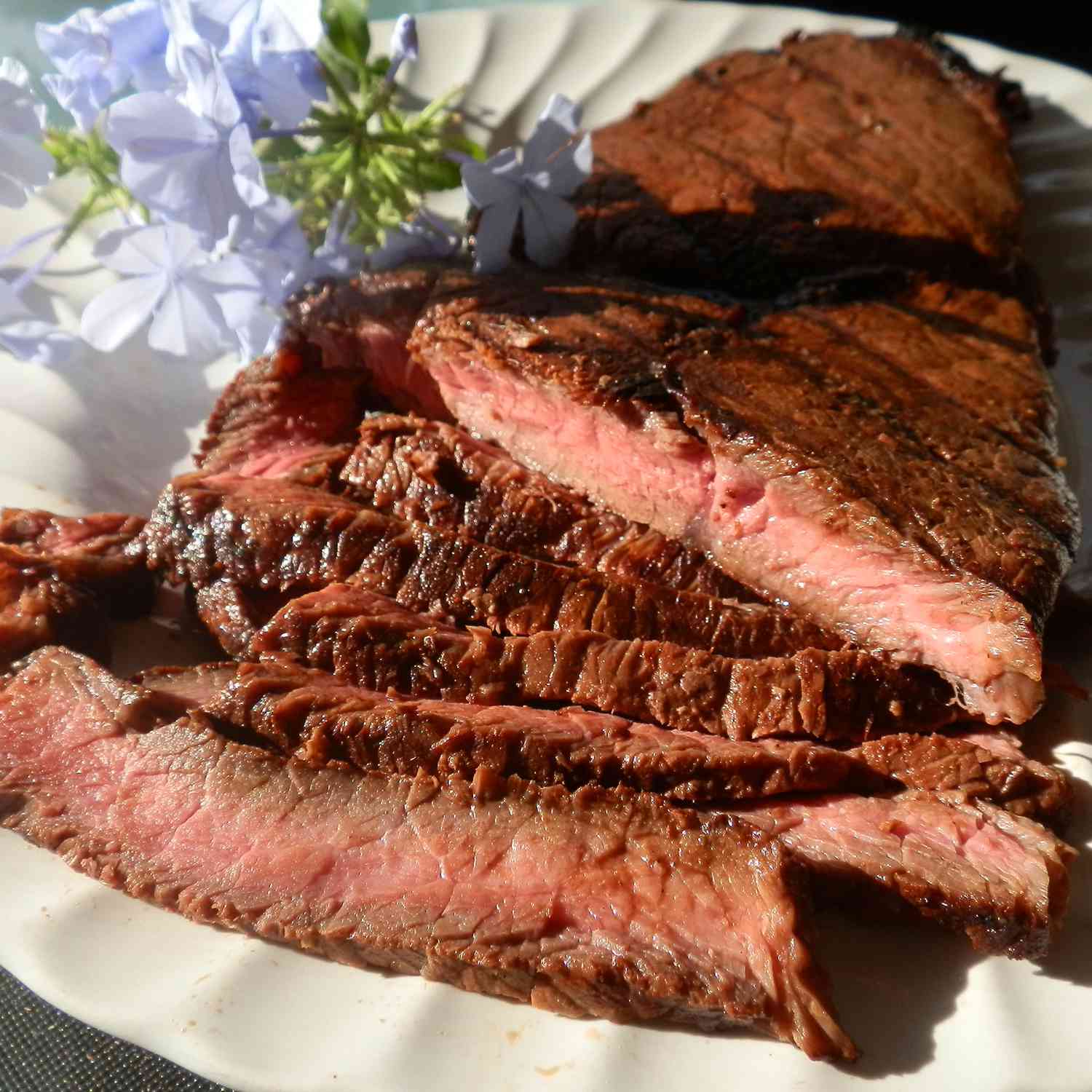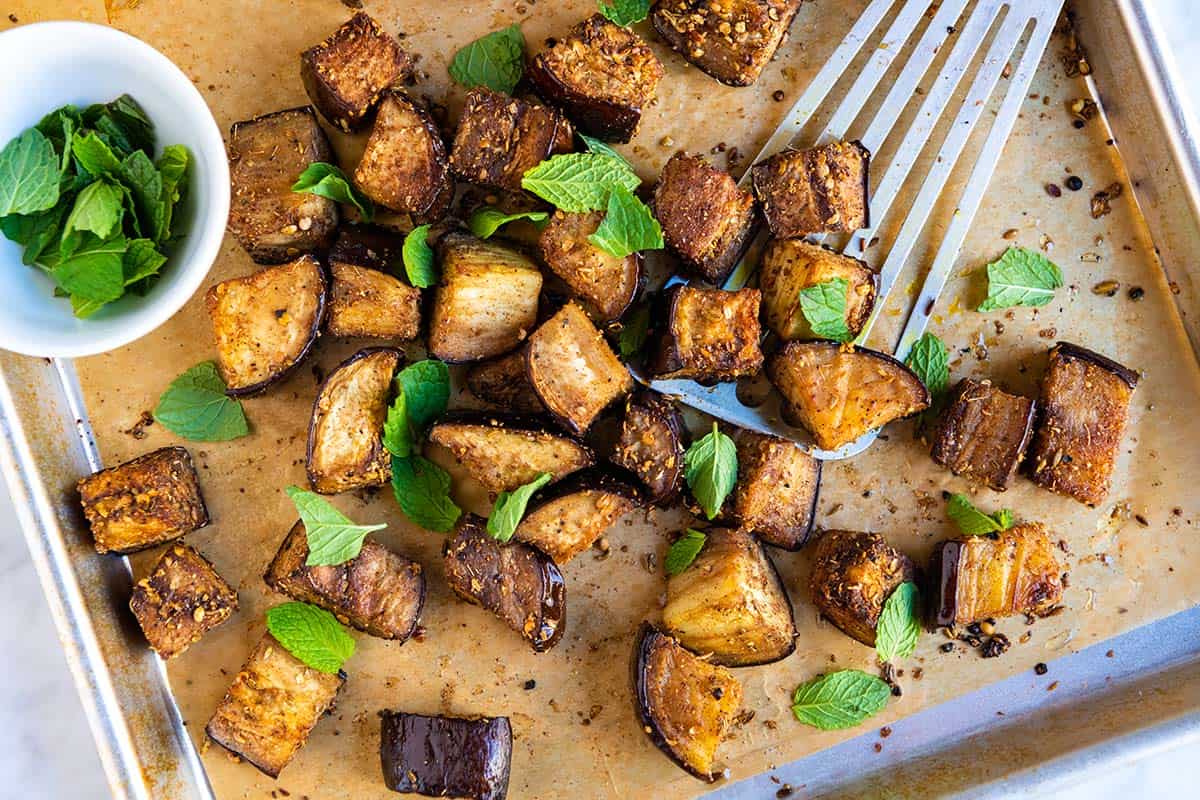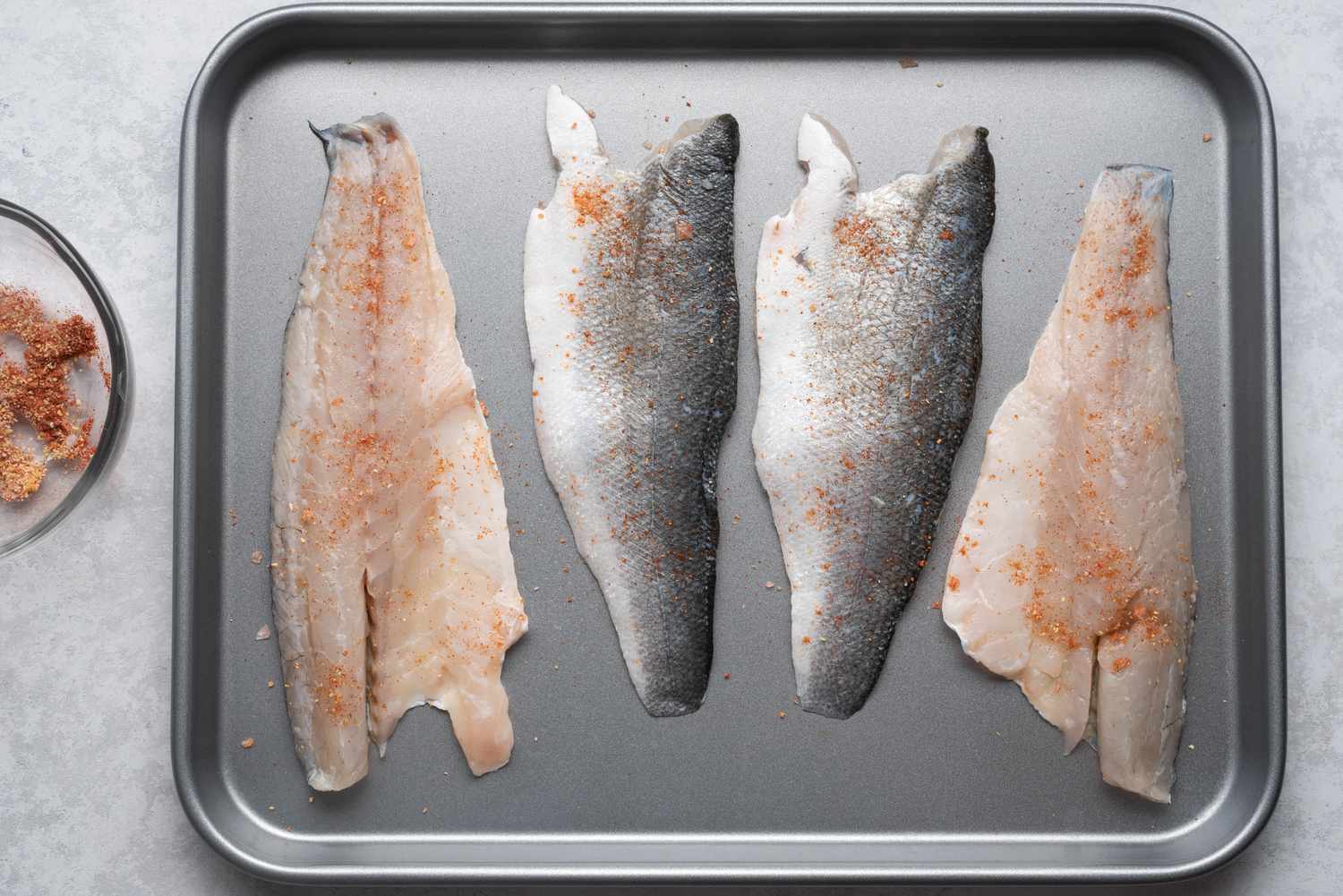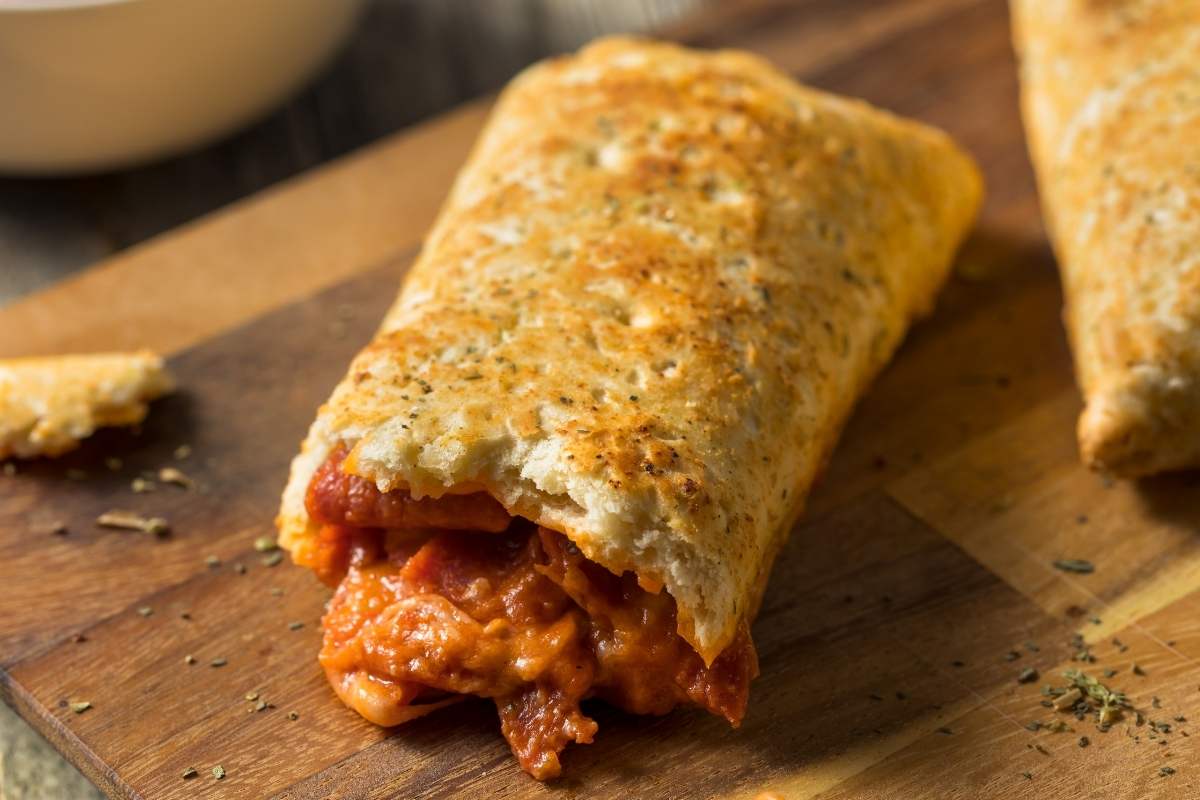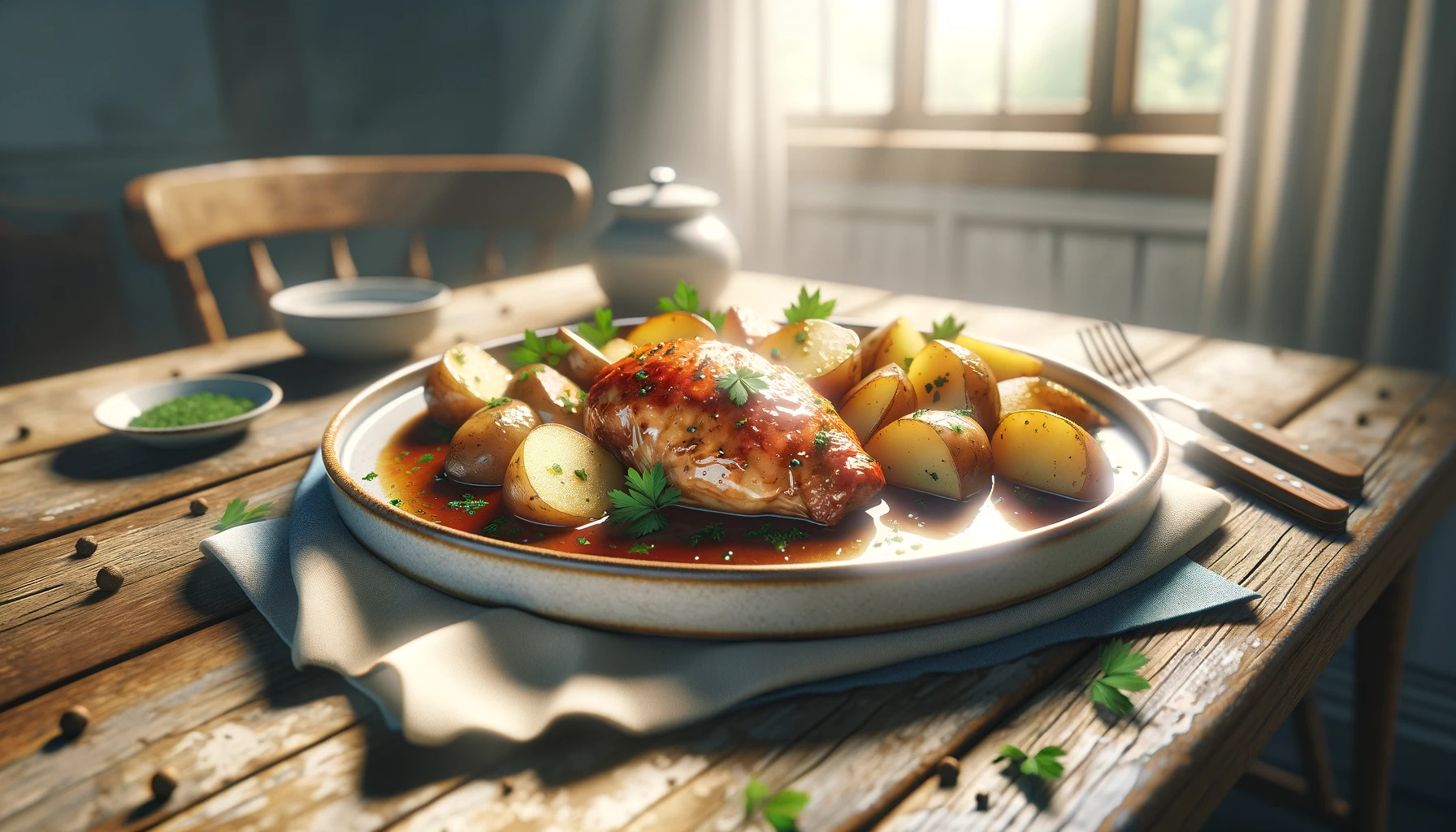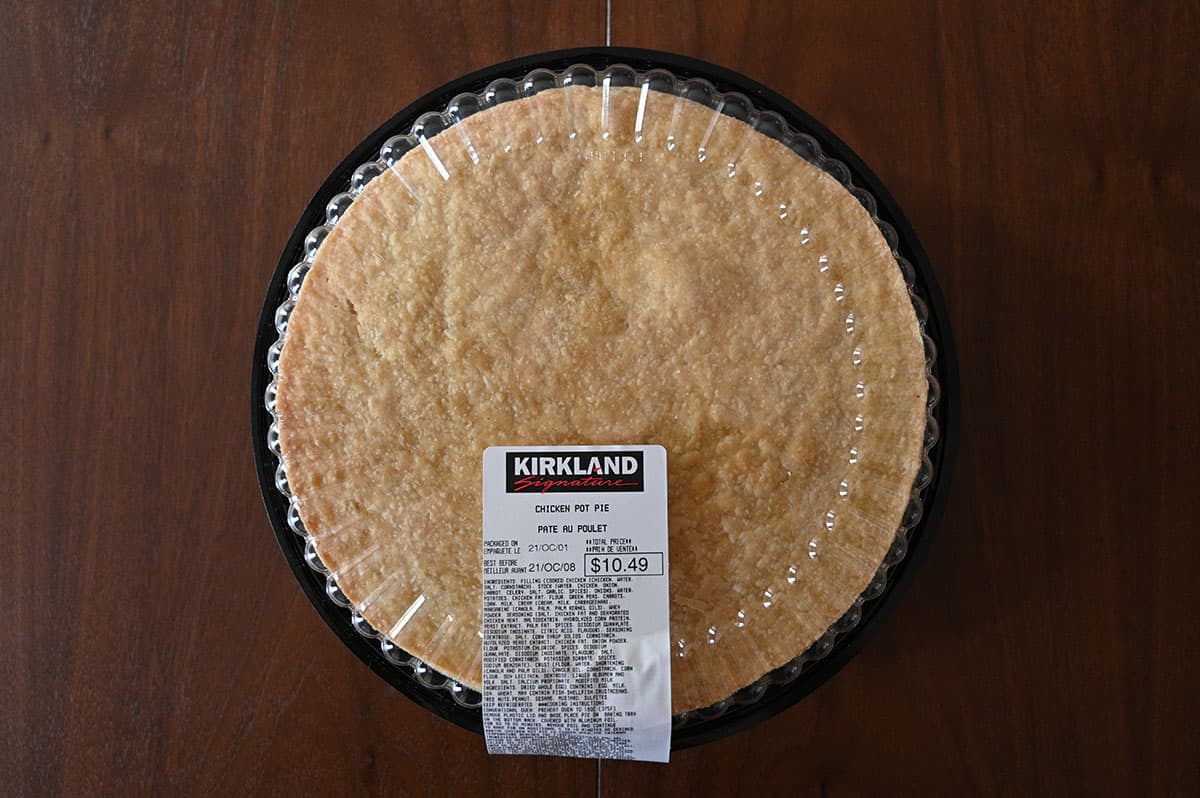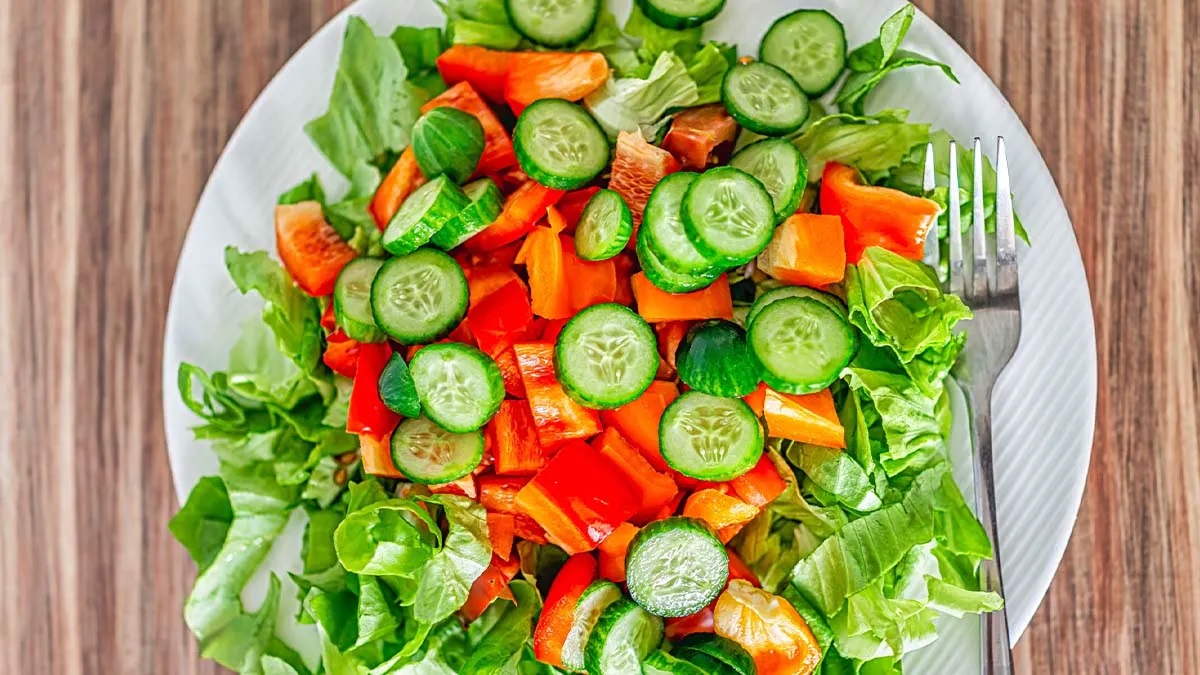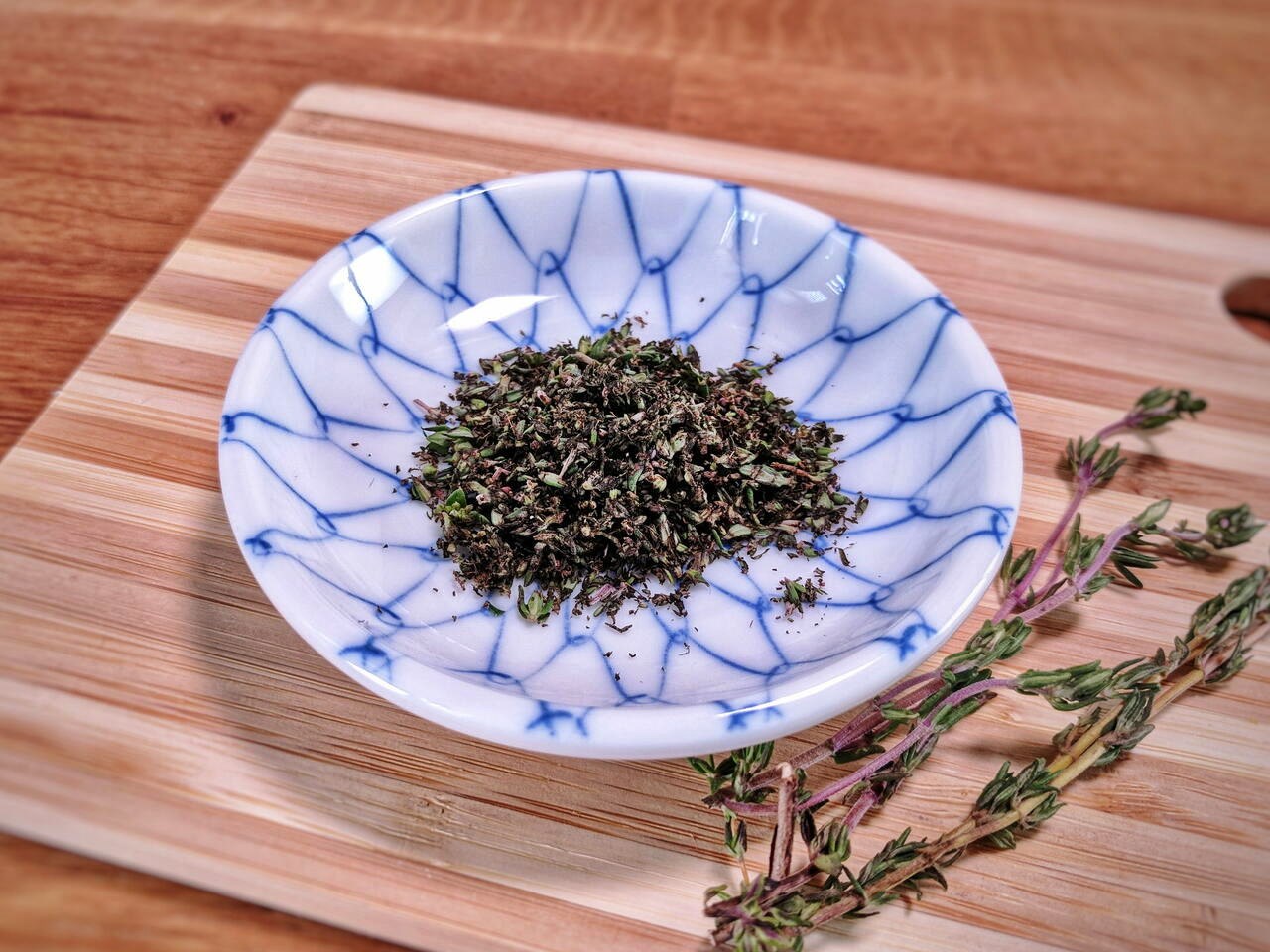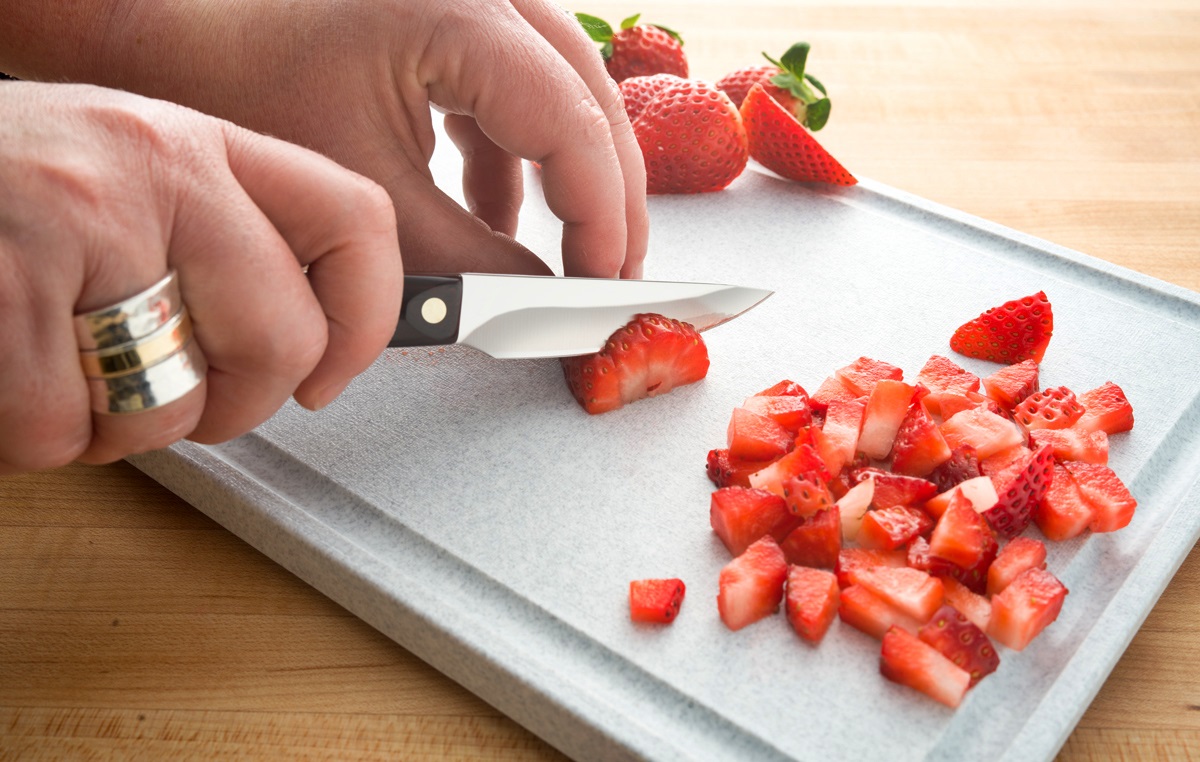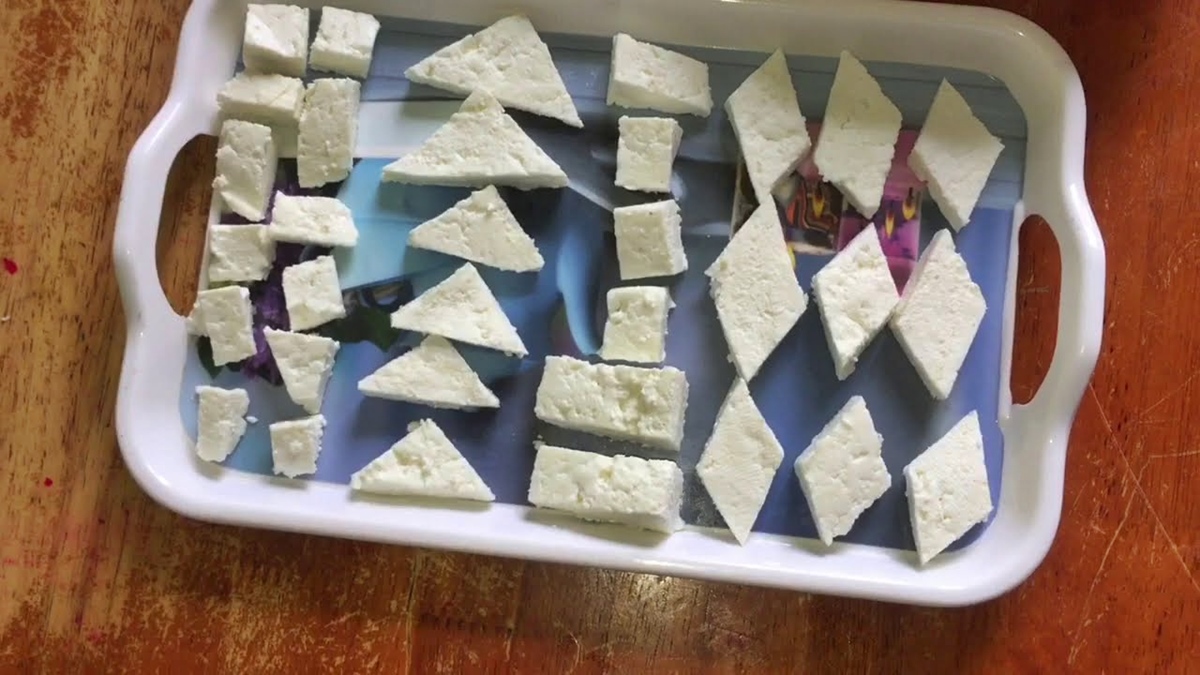The Perfect Broccoli Recipes for Managing Diabetes
If you’re looking for a tasty and nutritious way to manage diabetes, look no further than broccoli. Packed with essential vitamins, minerals, and fiber, broccoli is a fantastic addition to a diabetes-friendly diet. Plus, it’s incredibly versatile and can be cooked in numerous delicious ways. In this article, we’ll guide you through some mouthwatering broccoli recipes that are low in carbs and high in flavor.
1. Sautéed Broccoli and Garlic:
One of the simplest yet most delicious ways to enjoy broccoli is by sautéing it with garlic. Simply heat a tablespoon of olive oil in a skillet over medium heat, add some garlic cloves (minced or sliced), and cook until fragrant. Then, add the broccoli florets and a splash of water. Cover and cook for about 5 minutes, or until the broccoli is tender yet still vibrant green. Season with a sprinkle of salt, pepper, and a squeeze of lemon juice for an extra zesty twist.
2. Roasted Lemon-Parmesan Broccoli:
Roasting brings out the natural sweetness of broccoli while adding a delightful crunch. Preheat your oven to 425°F (220°C). Toss broccoli florets with a tablespoon of olive oil, the juice and zest of a lemon, and a sprinkle of grated Parmesan cheese. Spread the coated florets on a baking sheet and roast for around 15-20 minutes, or until they are tender and slightly browned. This dish is bursting with flavors that will make your taste buds dance!
3. Broccoli and Mushroom Stir-Fry:
Stir-frying is a quick and healthy way to prepare broccoli while retaining its vibrant color and crunchiness. Heat a tablespoon of vegetable oil in a wok or large skillet over high heat. Add sliced mushrooms and broccoli florets, along with some sliced bell peppers and a handful of snow peas. Stir-fry for about 5-7 minutes until the vegetables are just tender. For extra flavor, season with a splash of low-sodium soy sauce and sprinkle some sesame seeds on top.
4. Broccoli and Chicken Casserole:
This comforting casserole is perfect for a wholesome and satisfying meal. Preheat your oven to 375°F (190°C). In a large bowl, mix cooked chicken breast chunks, steamed broccoli florets, and a low-fat cream of mushroom soup. Season with your favorite herbs and spices, such as garlic powder and rosemary, for added flavor. Pour the mixture into a baking dish, top with a sprinkle of shredded cheddar cheese, and bake for about 25-30 minutes or until bubbly and golden.
5. Broccoli Riced Cauliflower Pilaf:
If you’re watching your carb intake, this cauliflower-based dish is a fantastic alternative to traditional rice pilaf. Start by pulsing cauliflower florets in a food processor until they resemble rice grains. Heat a tablespoon of olive oil in a skillet over medium heat, add the cauliflower “rice,” and cook for about 5 minutes until tender. Toss in some steamed broccoli florets, diced bell peppers, and a handful of pine nuts. Season with salt, pepper, and a dash of turmeric for a vibrant and flavorful pilaf.
Remember, when cooking broccoli for diabetes, it’s essential to avoid adding excessive amounts of unhealthy fats or high-sugar sauces. By incorporating these delicious and diabetes-friendly broccoli recipes into your meal plan, you can enjoy the many health benefits of this superfood while delighting your taste buds!
For those looking to manage diabetes with delicious meals, there are several standout recipes that align perfectly with the guide on how to cook broccoli. Broccoli and Quinoa Salad is a fantastic option, offering a nutrient-packed dish that combines fiber-rich quinoa with the health benefits of broccoli. Another must-try is the Broccoli and Lentil Curry, which pairs the heartiness of lentils with the low glycemic index of broccoli, making it an ideal choice for maintaining blood sugar levels. For a breakfast or brunch option, the Broccoli and Sweet Potato Hash provides a satisfying and balanced meal with the added bonus of sweet potatoes, which are excellent for blood sugar control. Lastly, Roasted Lemon-Parmesan Broccoli offers a simple yet flavorful side that highlights broccoli's natural goodness with a zesty lemon and parmesan twist. These recipes not only showcase the versatility of broccoli but also support a diabetes-friendly diet.
Was this page helpful?
Read Next: How To Cook Tofu For Babies
